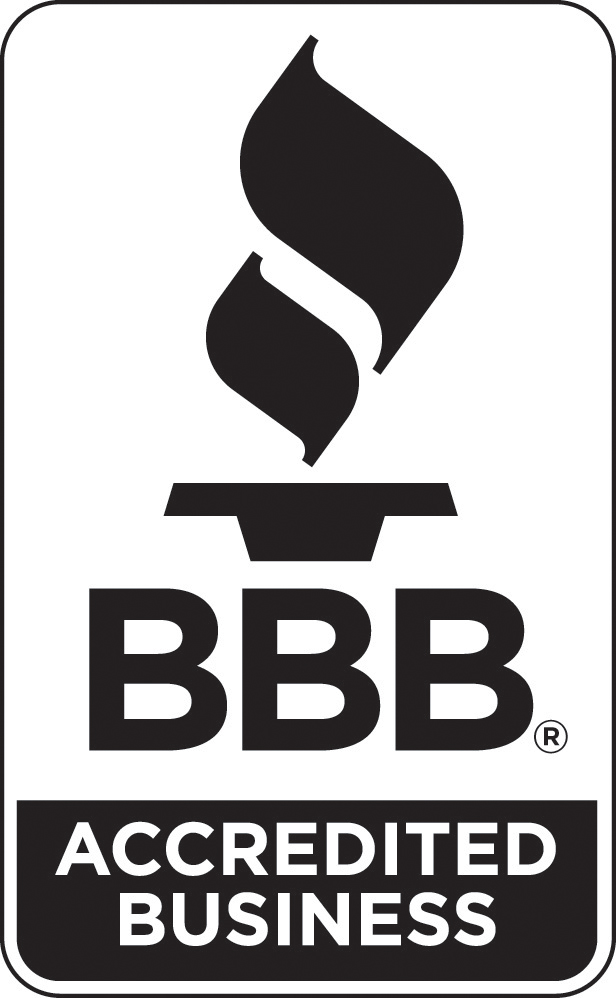Consolidated Freight Strategies To Optimize Efficiency & Cost Savings

In today’s faced-paced, interconnected, and on-demand world, efficiency in the supply chain is more important than ever. But often, businesses shipping smaller quantities face transportation inefficiencies that result in higher costs and lower customer satisfaction. While many companies rely on full truckload (FTL) services for their freight, if you consistently send out smaller shipments, you end up paying for empty trailer space. Of course, you can ship with less than truckload (LTL) services if you meet the volume criteria, but this often means higher rates, accessorial fees, and longer delivery times.Fortunately, consolidated freight strategies are powerful tools that streamline operations, unlock substantial cost savings, and have a positive impact on the environment.
What is consolidated freight?
Consolidated freight shipping offers a solution that combines multiple smaller shipments from different shippers into a single truckload. Typically, consolidated shipments are sent to distribution centers where they are sorted, organized, and redistributed to new trucks headed to their final destination. A significant benefit of consolidated shipping is only paying for the space you use by sharing the truckload cost with other shippers. Consolidating freight is also good for the environment — maximizing trailer capacity, carriers can reduce mileage, which helps to reduce overall CO2e emissions and your company’s carbon footprint.
How to ship consolidated freight
Shipping consolidation helps you get your goods out the door faster, without waiting to fill a truck before shipping. That means you can ship more often — without paying for empty trailer space.When you need to ship smaller amounts of freight, there are two primary freight consolidation strategies to choose from.
Partial truckload shipping
Partial truckload shipping (PTL), falls between FTL and LTL shipping. It involves shipping a larger volume of freight that doesn't require a full truckload but is too large for traditional LTL shipments. Shipping PTL can be more cost-effective and faster than traditional LTL shipping. It eliminates the need for handling and sorting at multiple LTL terminals and offers more flexibility in utilizing truck space. The shipment can occupy a specific portion of the truck's capacity, efficiently using the available space. Fewer touchpoints can also reduce the risk of loss, damage, or theft during loading and unloading. On the other hand, PTL shipping may be harder to schedule than LTL or FTL options since it requires specific carriers or logistics providers that specialize in partial truckload shipments. PTL capacity varies with market conditions, seasonal fluctuations, and demand so it’s essential to have reliable carrier partnerships to ensure consistent access to PTL services.It’s also important to note that pricing for partial truckloads may be more complex than standard LTL or FTL pricing. Factors such as space utilization, distance, and any accessorials required may affect the overall cost.
Shared truckload shipping
Flock Freight has a better alternative to traditional freight consolidation strategies: Shared truckload (STL), which combines shipments from multiple shippers with similar routes or destinations. Like PTL, STL aims to optimize truck capacity and reduce costs by sharing transportation expenses among multiple customers — and it offers significant cost savings. Flock’s patented technology uses AI to effectively combine shipments prior to pickup so your shipment travels on a single truck on a hubless route until it reaches its destination. With less handling, your shipments remain more secure and intact and your deliveries are more predictable.By maximizing the utilization of available truck space, STL shipping improves operational efficiency. Instead of trucks running partially empty, shared shipments help fill the unused capacity, reducing empty miles and optimizing fuel efficiency.Sharing truckload space also reduces the number of trucks on the road, leading to lower fuel consumption and greenhouse gas emissions. It promotes sustainability and contributes to environmental conservation efforts.STL shipping may require greater coordination and flexibility in scheduling and delivery times. Shippers need to align their transportation requirements with the shared truckload provider and the other shippers involved.Additionally, shared truckload services may have limitations in terms of coverage area or specific lanes. It is important to verify the service coverage and availability of shared truckload providers for desired routes.
Choosing the best strategy for consolidated freight
When choosing the best strategy for consolidated freight, shippers should weigh several factors to ensure a successful and efficient shipping process. Here are some key considerations:
- Shipment Volume: Evaluate the volume of your shipments. If you consistently have smaller shipments, up to 10 linear feet or equivalent pallets that do not fill a container or truckload, LTL shipping may be appropriate. If your shipments are larger but don't require a full truckload, partial truckload or shared truckload options might be more suitable.
- Cost Analysis: Compare the costs associated with different consolidation methods to determine the most cost-effective solution for your needs. Consider factors such as transportation expenses, handling fees, documentation requirements, and any additional services or accessorials needed. Keep in mind that LTL and PTL shipping can come with frustrating surprise fees, like reweighs and reclassifications, so it can be hard to budget.
- Transit Time Requirements: Assess the time-sensitivity of your shipments. If transit time is critical, consider the impact of consolidation on delivery timelines. LTL shipping may involve additional handling and consolidation processes, potentially leading to longer transit times compared to FTL. Shared truckload shipping enables you to ship at the same speed as truckload, but you only pay for the truck space you need.
- Freight Characteristics: Examine the nature of your shipments. Evaluate factors like fragility, perishability, hazardous materials, or special handling requirements. Ensure that the consolidation method chosen can accommodate and properly handle your specific freight characteristics without compromising safety or integrity.
- Service Coverage: Evaluate the service coverage and availability of carriers or logistics providers offering the desired consolidation services. Consider their network reach, frequency of departures, and accessibility to the specific pickup and delivery locations relevant to your shipments.
- Risk Assessment: Evaluate the potential risks and challenges associated with each consolidation method. Consider factors such as security, liability, cargo visibility, and potential disruptions in the supply chain. Mitigate risks by working with reputable service providers and ensuring appropriate insurance coverage.
By carefully assessing these factors, shippers can select the most suitable consolidation strategy that aligns with their shipment characteristics, cost objectives, transit time requirements, and service expectations.
Ready to investigate consolidated freight shipping for your business?
FlockDirect®, Flock Freight’s guaranteed-hubless shared truckload solution offers all the benefits of freight consolidation and more. Our patented technology matches shippers with carriers on terminal-free routes, so you can cut costs by up to 20%, reduce the risks of freight damage and late deliveries, and ship more sustainably. Establish partnerships, schedule shipments, and track your freight directly through our platform.Learn more about our STL solution and start saving with Flock today.
.jpg)


.jpg)

